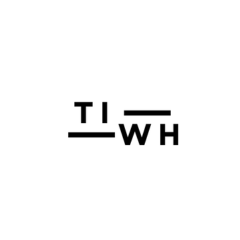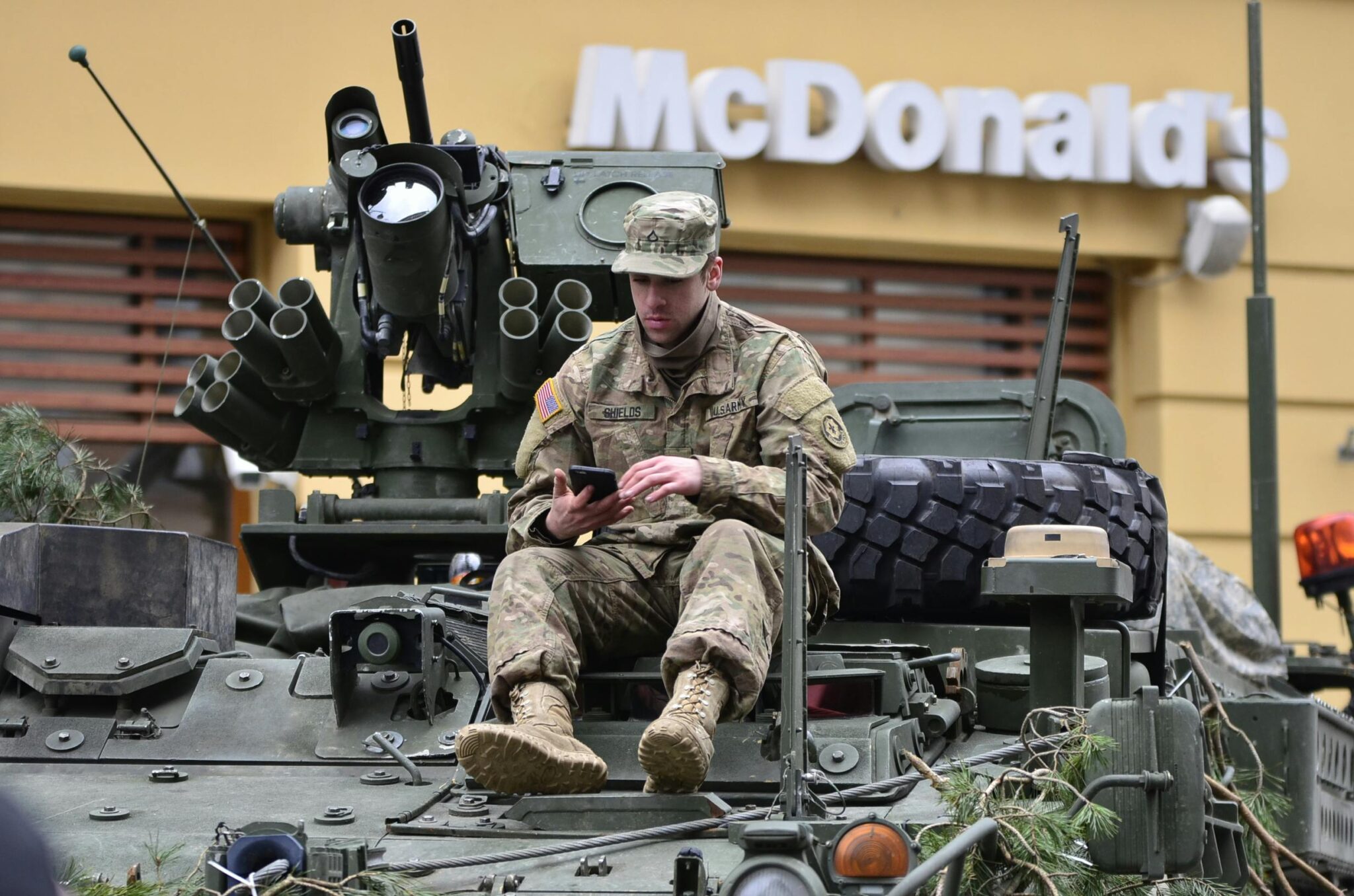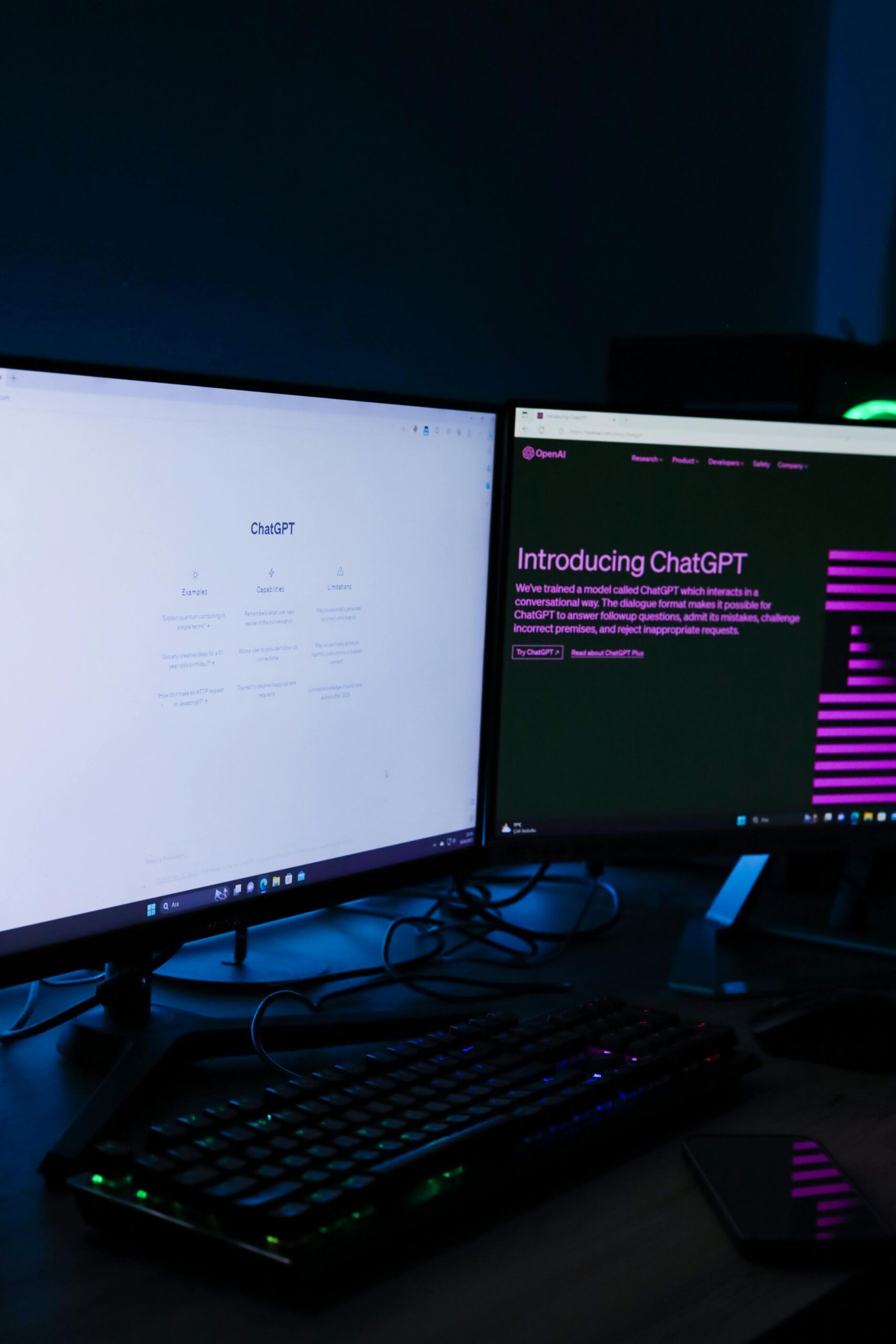While Silicon Valley obsesses over flashy drones and billion-dollar killer robots, Rune Technologies is tackling the part of warfare no one likes to talk about: military logistics. Yes, the spreadsheets. The supply chains. The who-goes-where and with-what.
“The U.S. military runs on Excel and whiteboards,” Rune co-founder and former Army officer David Tuttle told TechCrunch. “Everyone wants to build things that go boom. But war doesn’t work if your ammo doesn’t show up.”
Rune’s answer? A military-grade AI logistics system called TyrOS, built to ditch manual grunt work and replace it with predictive supply chains, autonomous rerouting, and real-time, edge-based battle planning.
Related: Uber Drops $300M on Lucid and Nuro to Launch 20,000 Robotaxis
The startup just locked in a $24 million Series A to expand TyrOS across U.S. military services. Backers include a16z, Point72, XYZ VC, and even execs from Palantir and Anduril. The system is already being piloted with the Army and Marine Corps, and it’s built to run from anywhere, including a laptop in the jungle, completely offline.
Why is this such a big deal? Because modern warfare, as Ukraine has shown, moves too fast and burns through too much for old-school logistics to keep up. Analog just doesn’t cut it anymore.
TyrOS tackles this with two major strengths:
TyrOS uses deep learning models to forecast supply and demand, not just how many bullets you have, but how to move them, who can drive the truck, what the route looks like, and whether a bridge has been blown up along the way.
It is also experimenting with generative AI to generate multiple “courses of action” in real time, digesting battlefield data and giving commanders fast, informed options.
Still, some problems need good old-fashioned math. Aircraft loading, for example, isn’t something you want hallucinated. TyrOS combines LLMs with precise optimization models where it counts.
TyrOS can run anywhere, jungle, desert, no Wi-Fi required. It is cloud-capable, but not cloud-dependent, meaning it doesn’t collapse when the connection does. It’s also hardware-agnostic, making it easy to integrate into the military’s current systems.
That is not just convenient, it is survival-grade.
Tuttle and co-founder Peter Goldsborough (ex-Meta) are building toward a long-term vision: using frontline data to inform industrial-scale defense decisions. As Tuttle put it, “We want to connect tactical-level activity to strategic production. What’s happening in the field should impact what factories back home are building next.”
Because in a war of attrition, it’s not just about who fires first; it is about who keeps firing. Rune isn’t building smarter bombs; it is building the system that makes sure the bombs, food, fuel, and fighters get there in the first place. And that might be the biggest battlefield advantage of all.







